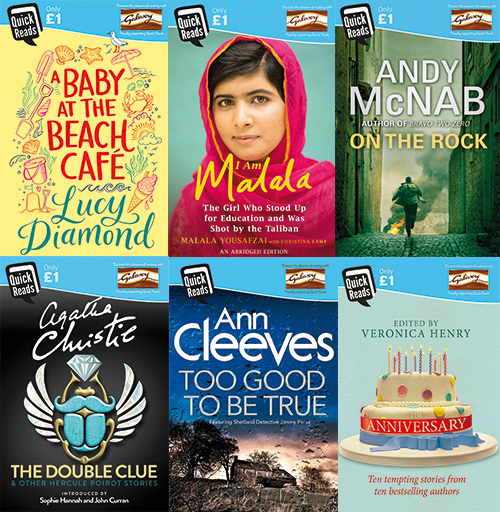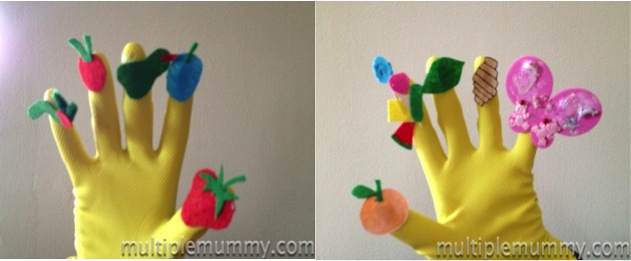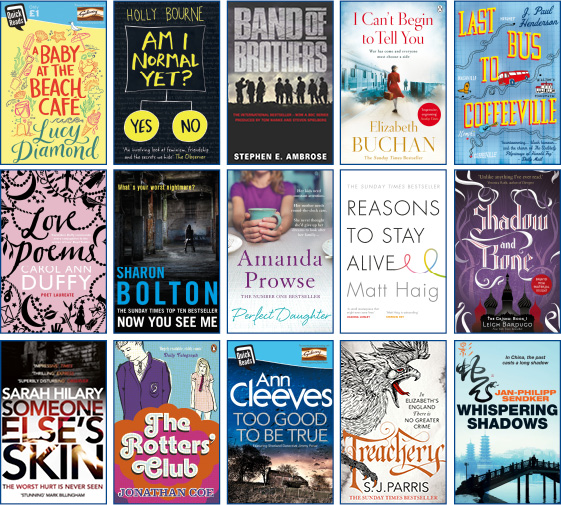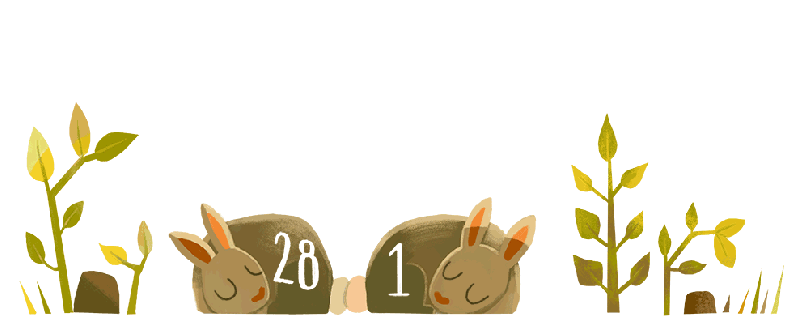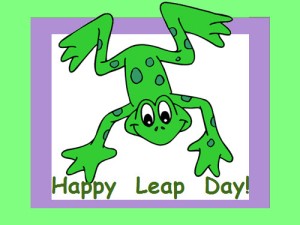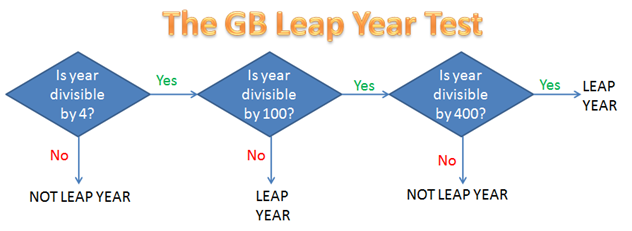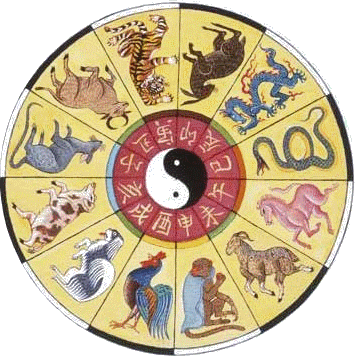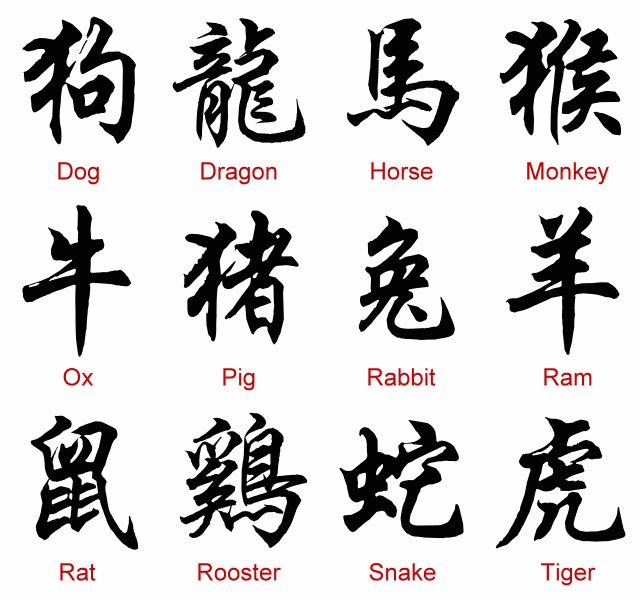Themed events like today’s International Women’s Day have a lot of value as a teaching inspiration – not just for teaching women but men too.
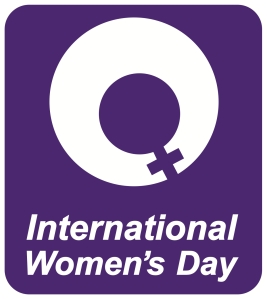
Central to the celebration of women’s rights is the right to vote and there are lots of really good resources and Literacy teaching ideas based around the campaigns for the vote and around debates around the education of women that went alongside these issues.
For Numeracy teaching you could use ideas such as looking at a timeline of when women were able to vote in different countries or at the percentage of women MPs over the years compared to the percentage of women in the country.
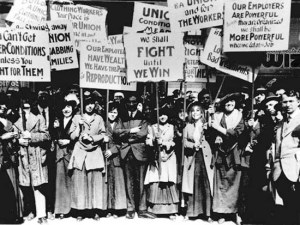
This Powerpoint from the link below is produced by Action Aid and came from the TES web site.
TES Resource schools_int_womens_day_2012
It not only covers suffragettes and education but also links in with today’s issues of education within the developing world.
There are some interesting statistics lessons to be based around percentage of children from both genders who are educated, more information from this Unicef site.
Although it is aimed at school teaching it is mainly composed of visuals so is suitable for adult learning and comes with comprehensive notes on each of the pictures.
This International Women’s Day video looks at how some very important inventions that make our lives a bit easier have been developed by women and features a nice list of links at the end to explore for further information.
Another Numeracy/Employability idea is looking at Equal Pay – the Equal Pay Act was passed in 1970, partly triggered by the strike at Dagenham by the Ford machinists.
This was the subject of the excellent film, Made in Dagenham which is a great portrayal of some of the discussions about women’s roles and why they should be paid the same as men.

The Equal Pay Portal is a good source of information on the situation today, we still have pay gaps as do many other countries.
There are also other events that are celebrated around the world that you could discuss with your class that would contribute to the promoting equality and diversity content of lessons.
International Men’s Day – currently celebrated by 60 countries which links with the Children’s Day mentioned below and men’s health awareness, ‘Movember‘. The UK site is here.
International Workers’ Day or Labour Day is celebrated in many countries, either on May 1st or in the US on the first Monday in September.
Universal Children’s Day is celebrated in different countries around the world on different dates so is good for calendar work – this Wiki page gives a useful table of dates.
You could also ask your class about other national celebrations that are important to them, particularly if you have a diverse group.
Thanks for visiting.
